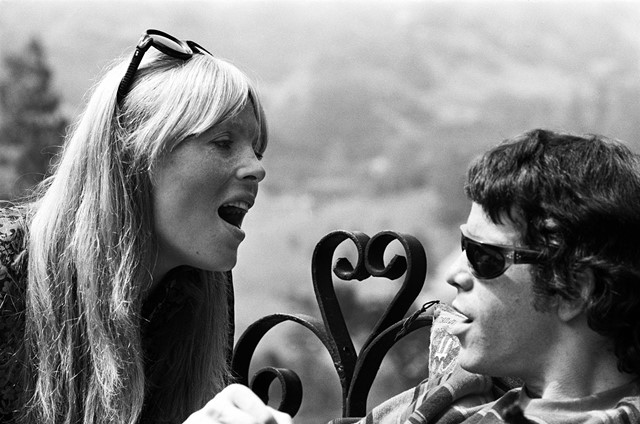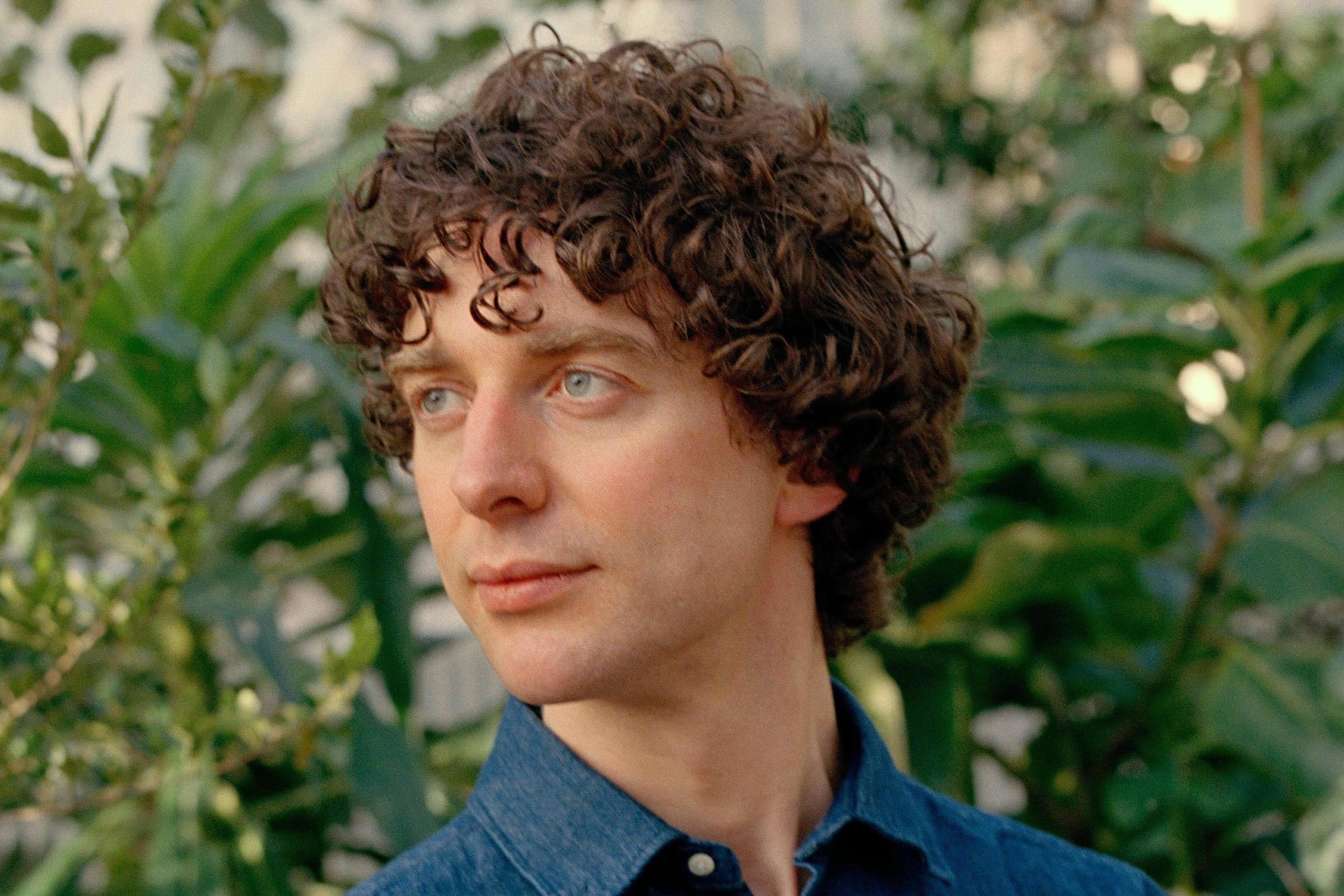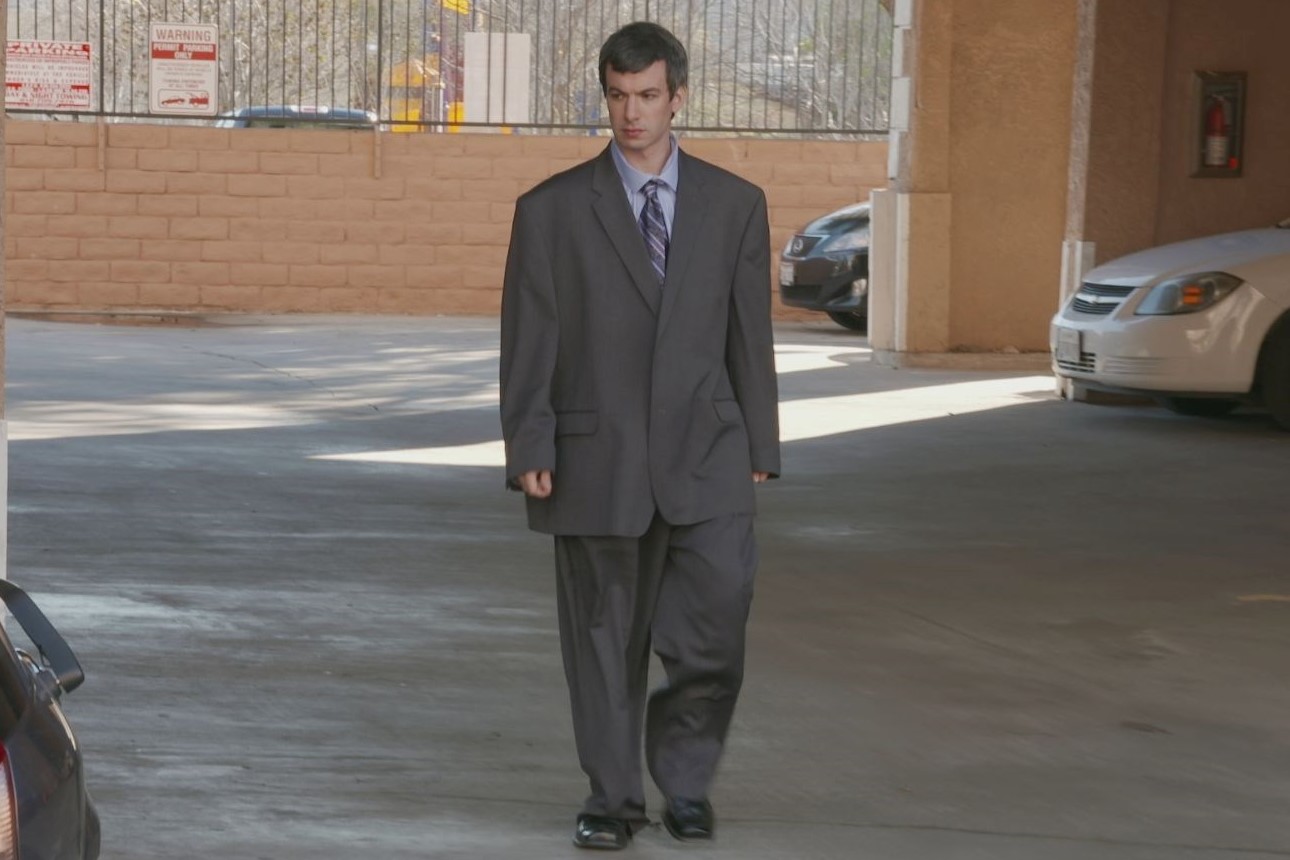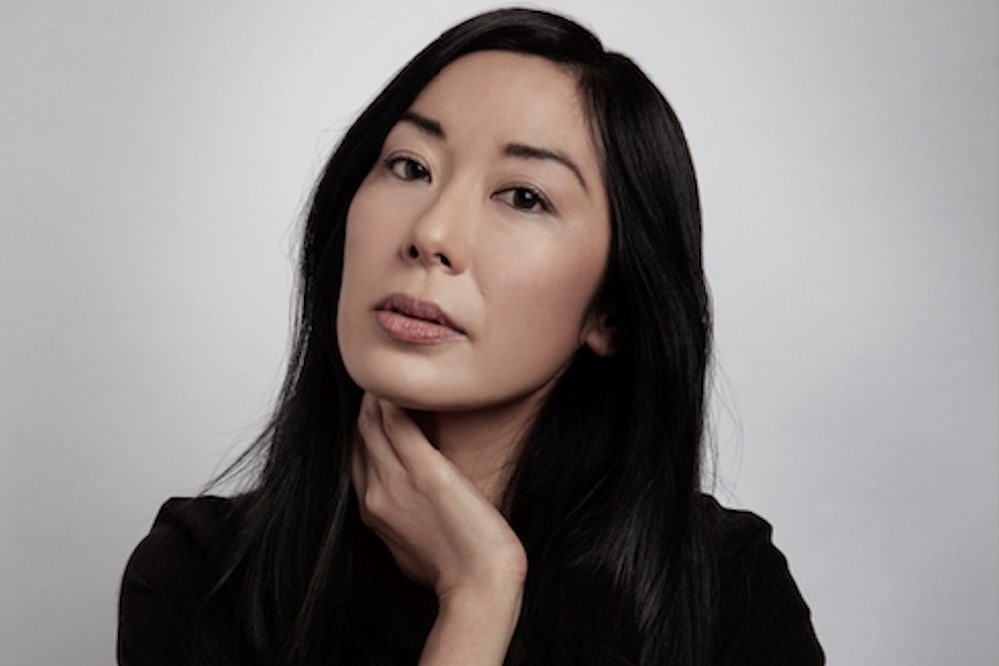The 'Banana Album' turns 50 years old today, and to celebrate, we've singled out some lesser-known gems about the history of the proto-punk pioneers
Very few musical ensembles altered the pop-culture landscape in the slow-burning but ultimately all-consuming way that the Velvet Underground did: Brian Eno once famously claimed that although the band sold only 30,000 records in the first five years of its short tenure, “everyone who bought one of those 30,000 copies started a band". This week, the New York alternative rock pioneers' debut album, The Velvet Underground and Nico, turns 50, and to celebrate, the Philharmonie de Paris is launching an exhibition, New York Extravaganza – a glorious celebration of everything the too-mysterious, too-modern, too-progressive band would come to symbolise. Presenting, then, our own celebration: ten things you might not know about the band, from the tawdry porno paperback they took their name from, to their personal nickname for one-time manager Andy Warhol.
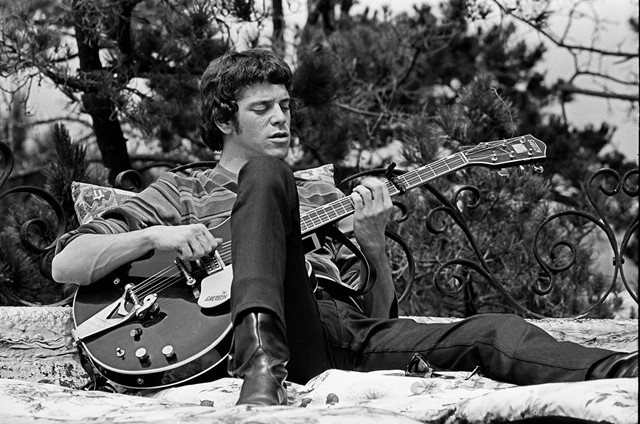
1. The Velvet Underground was built on classical foundations
In time, the Velvet Underground was to become the first and the most influential in a line of proto-punk musical experiments, but when founding members John Cale and Lou Reed first met in 1964 both were getting by on their classical training, as a violist and a theorist, and a pianist respectively. The pair met through experiments as part of New York’s musical avant-garde, eventually coming to form a band with guitarist Sterling Morrison and drummer Angus MacLise. They would play at lower Manhattan galleries and at poetry readings under the names The Warlocks, The Primitives and The Falling Spikes, among others, before finally settling on the title the world would come to know them for.
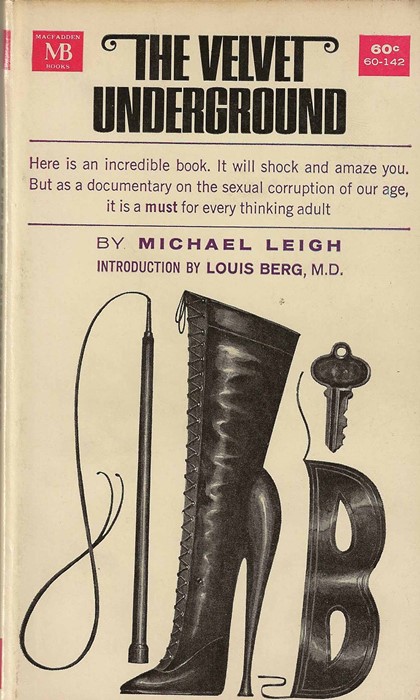
2. They were named after a mass-market paperback porno novel
When they finally did come across a name which stuck, it was thanks to a contemporary paperback novel about the secret sexual underworld of the 1960s that Tony Conrad, a friend of John Cale, happened across and showed to the group. The novel, written by Michael Leigh, remains in print most likely thanks to the band which appropriated its title.
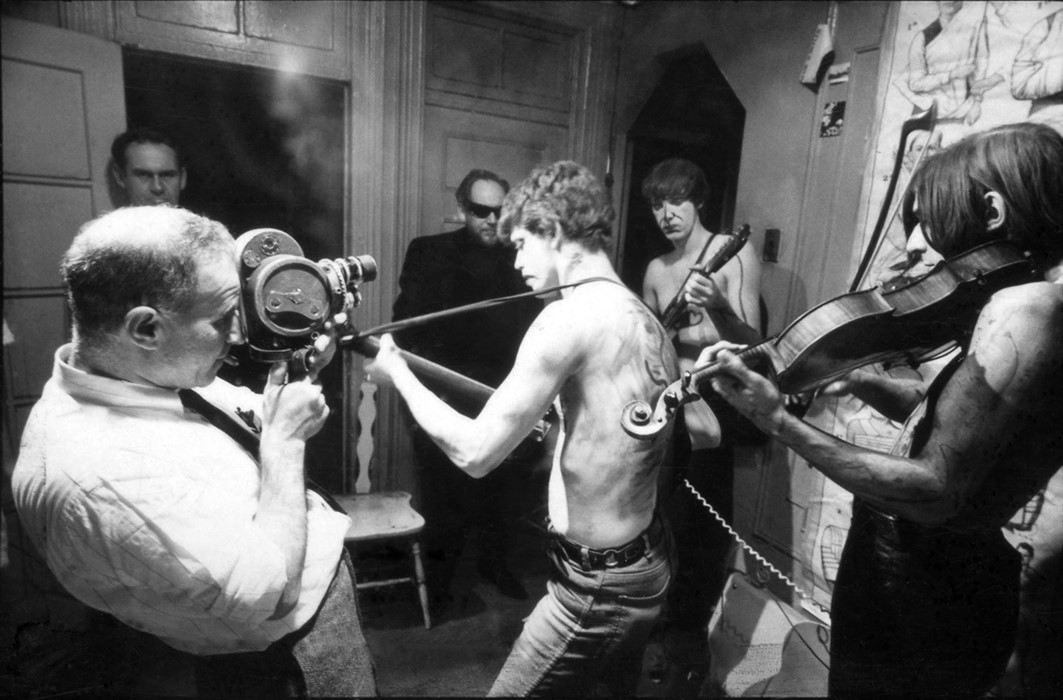
3. Their first paying gig was at Summit High School, for $75
Though a gifted percussionist, Angus MacLise was not an easy character to work with – as the story goes, he would only turn up to band practice when he felt so inclined, but would make up for his own tardiness by playing on, solo, long after the set had finished. Unsurprisingly, his stint with the Velvet Undergoround was short-lived – when they finally landed a paying gig at a nearby high school he announced that they had ‘sold out’, and quit on the spot. MacLise would later spend a number of years in Asia, and eventually died of malnutrition in Nepal in 1979.

4. They were managed, for a short stint, by one Andy Warhol...
With newly enlisted Maureen ‘Moe’ Tucker on the drums, (guitarist Morrison remembered her as the younger sister of an old college friend – qualification enough for the ensemble – and she regularly switched her drumsticks for mallets, or her drums for garbage cans) the Velvet Underground took up a short-lived residency at Café Bizarre in New York’s Greenwich Village, where they first met, and were quickly hired by, the one and only Andy Warhol. The band became the house band at the Silver Factory before beginning to play at Warhol’s film screenings, from there graduating to his travelling mixed media events, the Exploding Plastic Inevitable.
5. … Who introduced them to German singer Nico
It was Warhol who suggested ethereal singer Nico feature on some of the Velvet Underground’s tracks – she had first come to public consciousness as a model, and after a brief role as Nicolina in Italian film director Federico Fellini’s La Dolce Vita. With her on board, Warhol’s reputation quickly catapulted them to success: he helped them to secure a recording contract with MGM’s Verve Records, and began producing their debut album, The Velvet Underground and Nico, complete with the now famous “peel slowly and see” banana artwork.
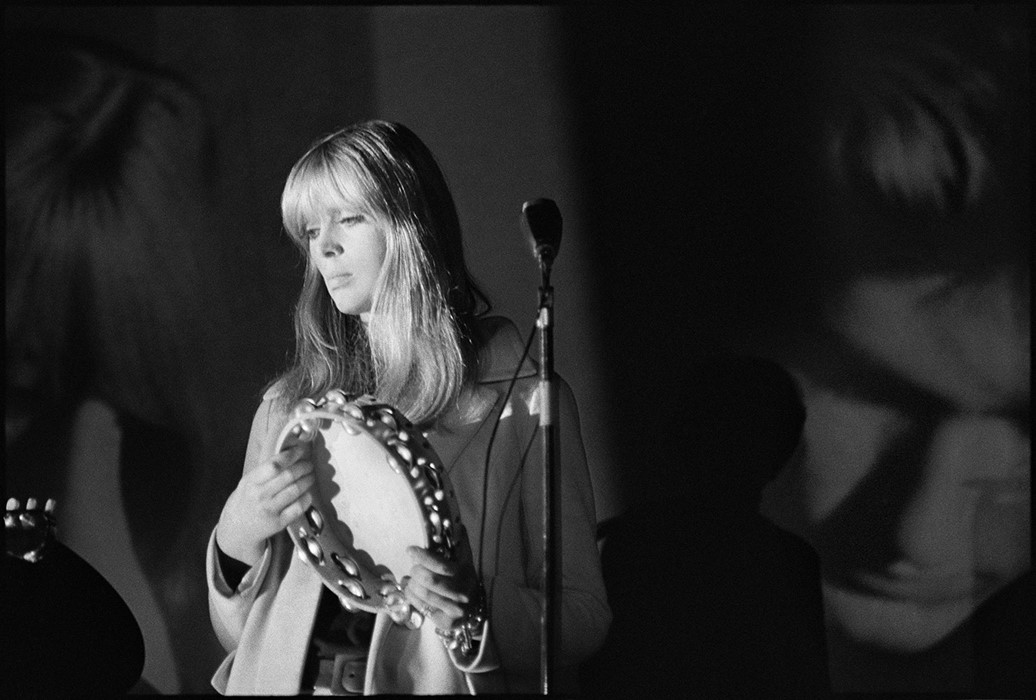
6. The Velvet Underground’s sound was like nothing else
Between Lou Reed’s alternative take on tuning his guitar – he’d often put innovative new systems in place to create a drone-like sound, which would go on to become the band’s signature – to the deliberate use of white noise and fuzz, the Velvet Underground began to formulate a never-before-heard approach to pop-punk music. This cemented their place in history, but it didn’t do much for their contract. “Verve/MGM didn't know what to do with The Velvet Underground and Nico because it was so peculiar,” Paul Morrissey once said. “They didn't release it for almost a year. Tom Wilson at Verve/MGM only bought the album from me because of Nico. He saw no talent in Lou [Reed]."
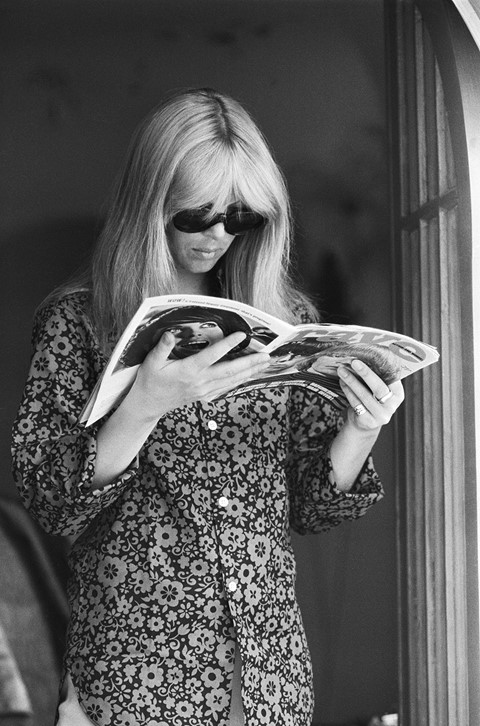
7. Nico left the band when they split from Andy Warhol
After the slow-burning (read: limited) success of The Velvet Underground and Nico, the band severed their relationship with Andy Warhol. "[Warhol asked] do you want to just keep playing museums from now on, and the art festivals? Or do you want to start moving into other areas?" Reed once recalled. “I thought about it, and I fired him. […] I never saw Andy mad, but I did that day. He was really mad, called me a rat. It was the worst thing he could think of."
Their departure from Warhol marked Nico’s split from the band, too, and in September 1967 they began recording White Light/White Heat without her – a heavily conceptual record which was more about volume, brash sounds and extended improvisation than the melodic pop records that had gone before. “There was fantastic leakage 'cause everyone was playing so loud and we had so much electronic junk with us in the studio – all these fuzzers and compressors,” Sterling Morrison remembered of the album. “Gary Kellgren, who is ultra-competent, told us repeatedly: ‘You can't do it – all the needles are on red.’ And we reacted as we always reacted: ‘Look, we don't know what goes on in there and we don't want to hear about it. Just do the best you can.’ And so the album is fuzzy, there's all that white noise...we wanted to do something electronic and energetic. We had the energy and the electronics, but we didn't know it couldn't be recorded...what we were trying to do was really fry the tracks.” Above all else, it was “consciously anti-beauty”, and those fans who made it through a full listen were all the stronger in their admiration for it.
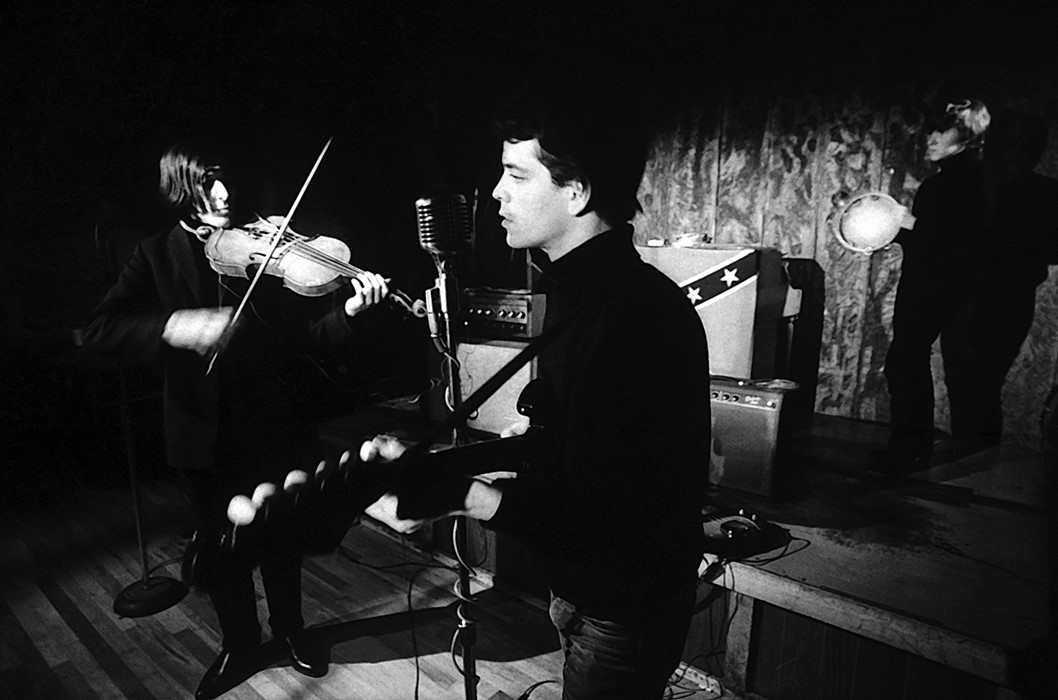
8. Creative differences heralded a new era for the band
By the late 1960s, the absence of positive critical reception and a difference of opinion between Reed and Cale was beginning to show. Finally, Reed called a band meeting, without having told Cale, and informed his fellow members that either they kicked Cale out, or the Velvet Underground would come to an end altogether. He played his final gig with the band shortly afterwards, to be replaced by Doug Yule, who brought in a softer, more folky style, and the new assemble continued to play until May 1973.
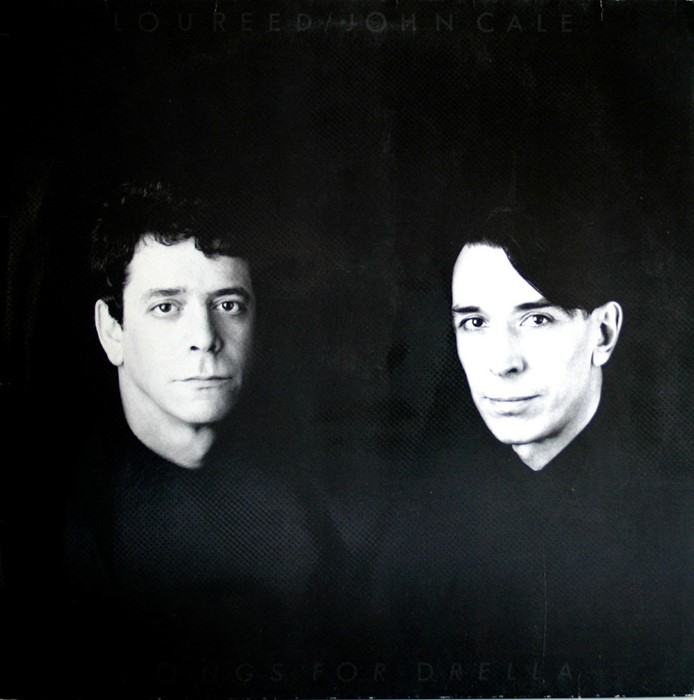
9. Their nickname for Andy Warhol was ‘Drella’
‘Drella’, a nifty portmanteau of Dracula and Cinderella, was first given the father of pop art by superstar Ondine, and came to be the band’s preferred nickname for Warhol, describing as it did both sides of his personality. Cale attributed their birth and spirit of innovation to the artist, so it came as a touching memorial when, in 1989, he and fellow Velvet Underground alumnus Lou Reed reunited to record an album paying tribute to him, entitled Songs for Drella.
10. They were inducted into the Rock’n’Roll Hall of Fame by Patti Smith in 1996
The Velvet Underground was afforded very little in the way of commercial success in its lifetime, in spite of its now being called one of he most influential rock bands of the 20th century. It was, however, inducted into the Rock’n’Roll Hall of fame in 1996 by none other than Patti Smith. Reed, Tucker and Cale turned out for the performance, playing an emotional rendition of Last Night I Said Goodbye to My Friend, a song written for Sterling Morrison, who had died the year before.
The Velvet Underground: New York Extravaganza runs from March 30 until August 21, 2016 at the Philharmonie de Paris.
